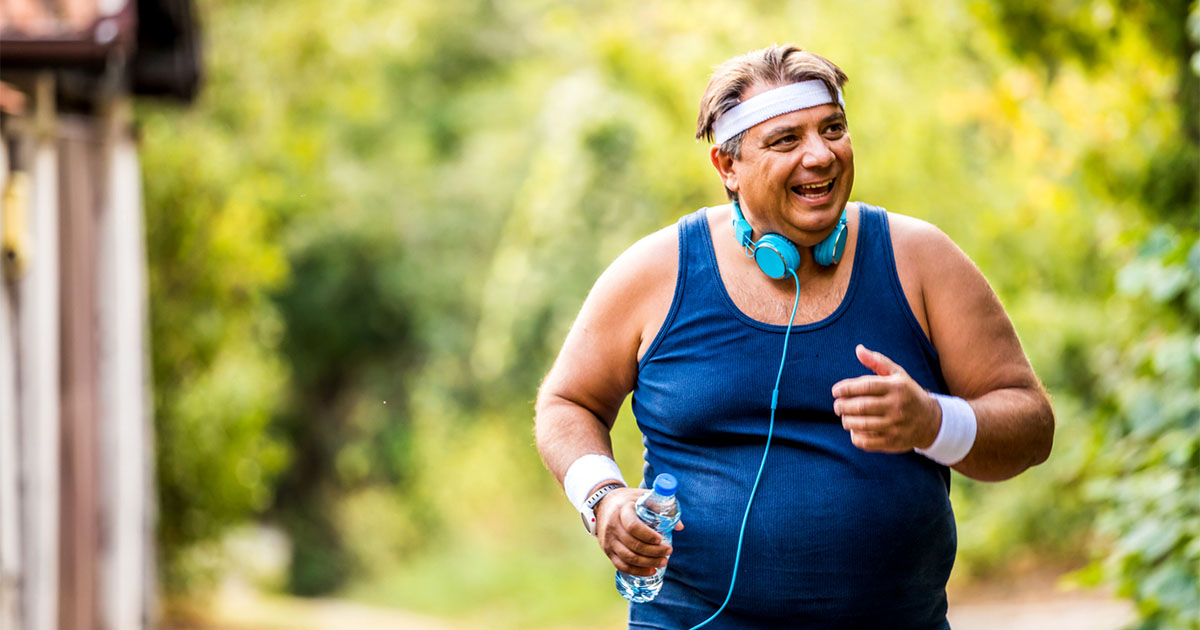The number of people with type 1 diabetes in Scotland has increased from 26 294 in 2006 to 27 367 in 2009, an increase of 4.1% in 3 years (Scottish Diabetes Monitoring Group, 2010). Only 21.8% of these people have an HbA1c of <7.5% [<58 mmol/mol], therefore almost four fifths of the population with type 1 diabetes are failing to achieve this DCCT (Diabetes Control and Complications Trial)-aligned glycaemic target (DCCT Research Group, 1993).
Diabetes care is thought to account for 10% of all NHS expenditure (Scottish Diabetes Group, 2010). To try and address this, Health, Improvement, Efficiency, Access and Treatment (HEAT) performance targets – a delivery agreement between the Scottish Government Health Department and each NHS board – have been developed, based on the following key ministerial targets:
- Health improvement for the people of Scotland: Improving life-expectancy and healthy life-expectancy.
- Efficiency and governance improvements: Continually improving the efficiency and effectiveness of the NHS.
- Access to services: Recognising the need for quicker and easier use of NHS services.
- Treatment appropriate to individuals: Ensure they receive high-quality services that meet their needs.
Examples of relevant targets include:
- A wait no longer than 12 weeks from referral to a first outpatient appointment.
- Agreed reductions in the rates of emergency department attendance.
- A total of 98% of all people attending emergency departments will be seen within 4 hours.
Lothian perspective
The arrangement of diabetes services varies across Scotland. In Lothian, a significant proportion of people with newly diagnosed type 2 diabetes are seen initially in secondary care for education and a consultation appointment; the majority are then transferred back to the care of their general practitioner. People with diabetes are then re-referred back to secondary care if they reach the stage of requiring injectable therapy. People with type 1 diabetes are routinely followed-up in secondary care.
Education for people with newly diagnosed type 2 diabetes
Education is key to improving diabetes control and is a central tenet of treatment in people with type 2 diabetes. People newly diagnosed with diabetes attending the Royal Infirmary of Edinburgh (RIE) receive two separate group sessions using the diabetes Conversation MapsTM (Eli Lilly and Co., Basingstoke, and Healthy Interactions, Chicago) lasting 2 hours each. The first session is delivered at RIE for groups of eight people accompanied by their partners or carers. A few weeks later, a second session, focusing on diet and exercise, is held at the local leisure centre. This session involves the collaboration of Edinburgh Leisure and NHS Lothian. A well-established exercise class for people with type 2 diabetes has been developed as a result of this liaison.
Although audits have shown that education sessions delivered at RIE are popular, they do not conform to the criteria for structured education. Criteria laid out by a Patient Education Working Group state that all education programmes should use a structured curriculum (Loveman et al, 2008). In addition, the Scottish Intercollegiate Guidelines Network (SIGN, 2010) states that “adults with type 2 diabetes should have access to structured education programmes based upon adult learning theories”.
In Lothian at present, there is no consistent approach to the education of people newly diagnosed with type 2 diabetes in the primary care setting – only around 10% of people attend a structured programme. DESMOND (Diabetes Education and Self-Management for Ongoing and Newly Diagnosed) is the structured programme of choice for primary care and is associated with weight loss, increased smoking cessation, lower prevalence of depression and increased understanding of diabetes (Davies et al, 2008).
Admissions to emergency departments
Diabetic ketoacidosis (DKA) results in significant morbidity and carries an appreciable mortality risk. In RIE there were 124 admissions to the emergency department with DKA in 2008, 23 people had two or more admissions and one person was admitted on six occasions (personal communication from Scott M, Lothian Managed Clinical Network Manager). Precipitating factors that increase the risk of admission with DKA include intercurrent illness, psychological stress and poor adherence to therapy, with resultant poor glycaemic control (Umpierrez et al, 2002).
It has been shown that blood ketone monitoring is more accurate than urine ketone monitoring (Bektas et al, 2004). Blood ketone monitoring was found to reduce hospital attendance by 60% and emergency assessments by 40%, which led to an overall 50% reduction in the need for hospitalisation (Laffel et al, 2006). Improving the knowledge of “sick day” rules and blood ketone testing among people with diabetes and healthcare professionals in primary care may help reduce the number of admissions to emergency departments.
Hypoglycaemia in the care-home setting
Strict glycaemic control greatly increases the risk of severe hypoglycaemia, causing potentially serious morbidity and sudden death (Wright and Frier, 2008). Avoiding hypoglycaemia is especially important in frail older people with vascular disease (Frier, 2010). People with type 1 diabetes who experience hypoglycaemia requiring third-party assistance have a 10% chance of requiring emergency medical treatment, and this percentage increases to 33% in people with type 2 diabetes (Donnelly et al, 2005). Treatment plans should take into account comorbidity and general frailty before deciding whether tight glycaemic control is appropriate.
It has been well documented that diabetes knowledge among care home staff is poor (Diabetes UK, 2006). The introduction of a rolling programme of diabetes education can instil confidence in care-home staff to manage diabetes effectively with the possibility of fewer diabetes-related emergency admissions (Shepherd et al, 2008). “Hypo boxes” contain all the resources required to treat any episode of hypoglycaemia and have been introduced to aid the treatment of hypoglycaemia in the hospital setting. Their use is now being extended to care homes (Stanisstreet et al, 2010).
The project
Aims and planning
Against this background of evidence, the Department of Diabetes at RIE commissioned an assessment of the educational needs of primary care regarding diabetes management. The main aims of the project were to provide:
- Opportunities for GP practices to access specialist diabetes knowledge.
- Support and advice regarding new patient education to reduce the number of referrals to the diabetes outpatients department in RIE.
- Education regarding “sick day” rules, including insulin adjustment and blood ketone testing, with the aim of reducing the number of admissions to the emergency department.
- Education and practical support for care homes regarding the identification and treatment of hypoglycaemia in the care-home setting.
Funding for the post was identified and this amounted to 0.6 WTE (whole time equivalent) of a band 7 for a period of 6 months. Having established the first diabetes specialist nurse (DSN) post in RIE, the author was well known to the majority of GP practices in the area and began working in this post from October 2009.
In total, 57 questionnaires were sent to practice managers. Unfortunately, the response rate was slow due to the onset of the swine flu epidemic. In retrospect, emailing the practices may have improved response rates. Lead practice nurses were then asked to email the questionnaire to all the practice nurses within the project area, which resulted in a much improved response rate.
The initial questionnaire described the details of the secondment and asked each GP practice what support they required in each of the following areas:
- Education of people with type 2 diabetes.
- Providing practical resources and information.
- Education regarding “sick day” rules, including insulin adjustment and blood ketone testing.
Project progress
Following communication by letter, email and telephone, 30 practices received visits for education and support. These visits were 1–2.5 hours long and included an assessment of specific educational needs, followed by delivery of the requested support in a practical and informal way. Participating practices were provided with support materials to consolidate these education sessions (Box 1). To allow replenishment of the practical resources, the contact details of various supplying organisations were also provided.
The skills set of the practitioner involved allowed a great degree of flexibility to tailor the resources to the particular needs of the practice. Edinburgh has a large number of students and to address the health needs of this migrant population, the University Health Centres were targeted. The current swine flu epidemic was used as an opportunity to deliver advice on “sick day” rules, including insulin adjustment and blood ketone meters for people with type 1 diabetes.
Further discussion led to information being provided regarding diabetes management during various potentially dangerous sporting activities, including backpacking and trekking in the Himalayas, and the promotion of internet resources (for example, www.runsweet.com and www.mydiabetesmyway.org.uk). People with a poor grasp of English were targeted with support material in electronic and printed form. This provided additional resources for a practice with a large number of Polish patients.
Reducing hospital admissions due to hypoglycaemia
Twelve care homes participated in a pilot study to improve staff knowledge and training regarding diabetes. Hypoglycaemia was highlighted as a particular issue, and following education regarding identification and treatment, practical support was given in the form of a “hypo box”. A hypo box will be distributed to each care home together with a DVD on hypoglycaemia and a care-home teaching resource folder.
Results and key findings
The majority of GP practices requested support that was delivered in a face-to-face setting within the community. Learning requirements specific to each practice were identified and appropriate education was delivered. A simple evaluation form was emailed to all of the original 57 practices. To date, the majority of practices found all the topics highly relevant and all supported the need for a community DSN within the Lothian area. Additional comments highlighted the differences of diabetes management between practices and others wrote about the need for the continuing support from specialist diabetes services.
Conclusion
Due to the increasing prevalence of diabetes, the secondary care sector in parts of Lothian is becoming overstretched and is at risk of failing to meet the performance targets set out by the Government.
The author embarked on a project to assess the diabetes educational needs and level of support for primary care teams. Training in blood ketone testing and the education of people newly diagnosed with type 2 diabetes were the main areas addressed. This support was well received by the participating primary care teams and a demand for continuing support was identified.





Increased risk of new-onset heart failure in over-65s suggests caution is required before prescribing pregabalin for painful diabetic neuropathy.
14 Aug 2025